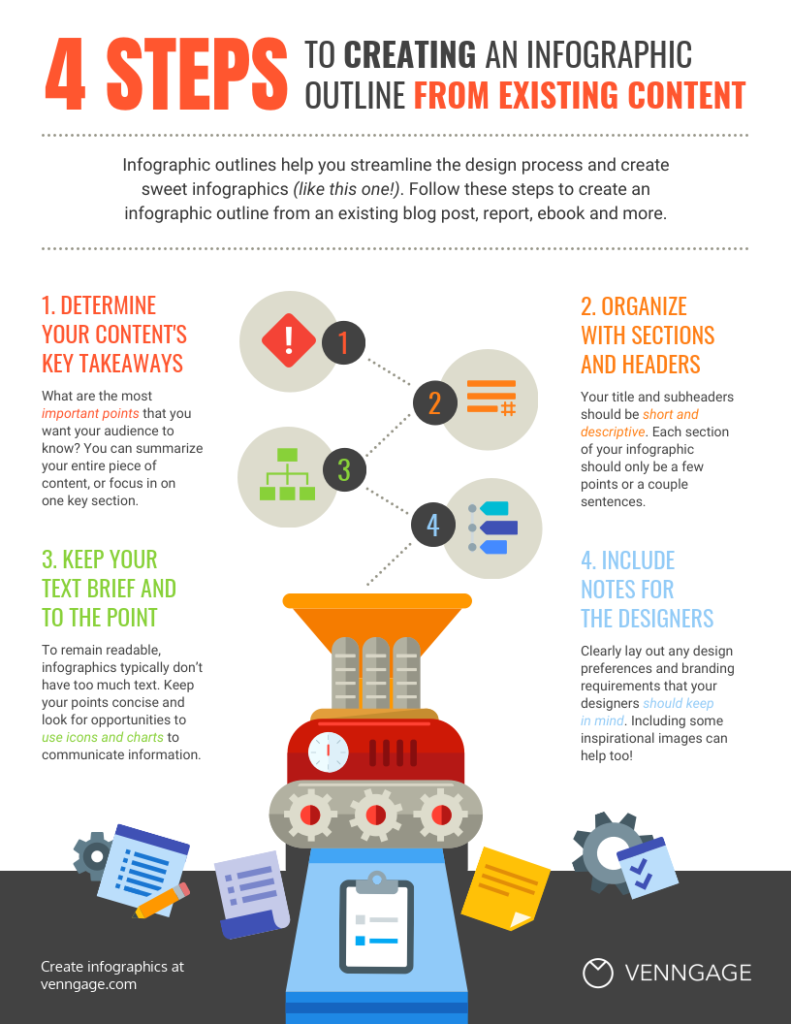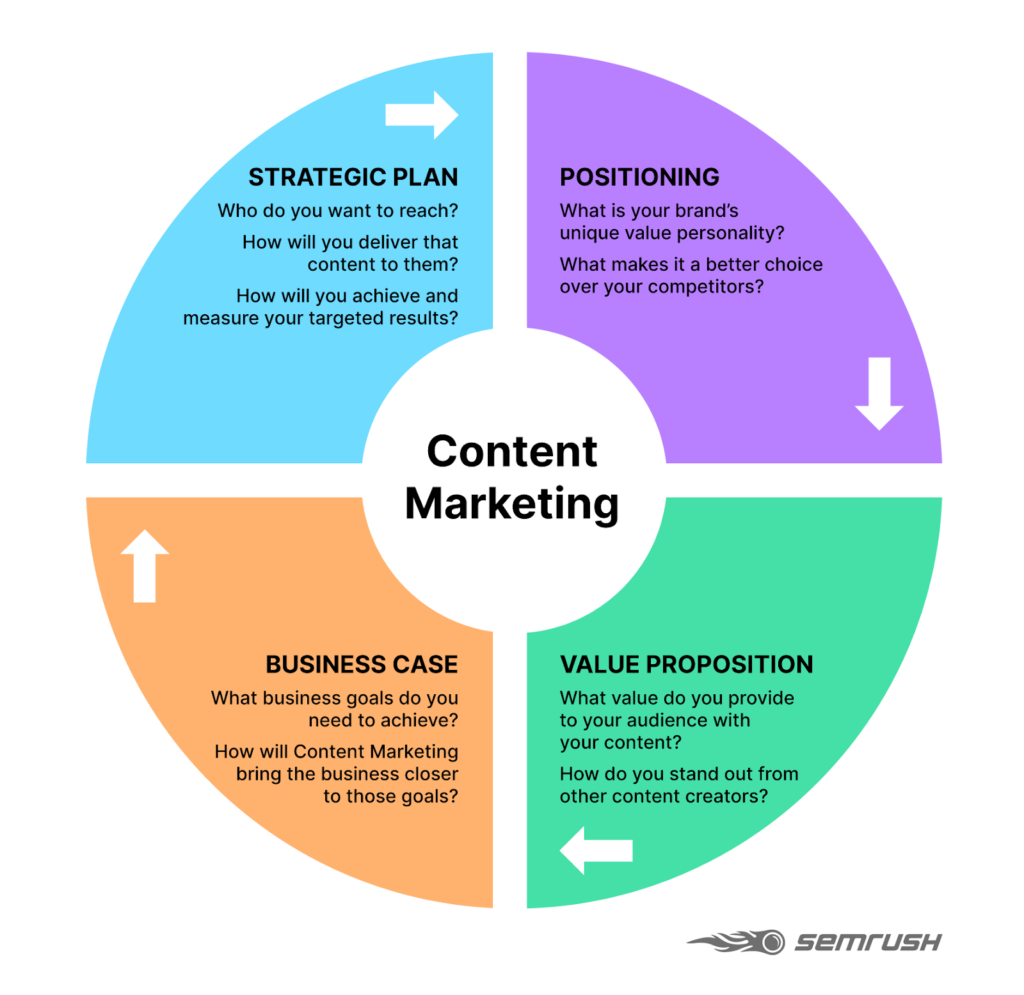
Tables of Contents
- B2B Content Writing
- 15 B2B Content Writing Tips
- Key Takeaways
- Conclusion
- FAQs
B2B writing focuses on building material for other businesses rather than the end-user. It can be a valuable component of a successful B2B content marketing strategy if done correctly. There are many B2B content writing tips available for beginners, but let’s look into the problem.
The issue is not with the writing itself but producing the vast volume of ideas required to generate consistent content. Writing an article on the same topic repeatedly can become mundane. If the writer is not excited while creating content, how can a reader be?
B2B Content Writing
B2B content writing is the creation of content to have an optimistic impact on the audience that makes decisions for the firm they exemplify. Rather than communicating with the end-user, this technique involves sending a message to people who represent a company and require a service provided by your corporation.
It’s important to identify a persona, a goal, and a tone of voice in any content marketing strategy. Still, the most important component of B2B content production is recognizing that this is an even more qualified and demanding audience. This means that to convert, you’ll need to create even more in-depth and relevant content. In the case of B2B content writing, audience action does not happen on the spur of the moment.
15 B2B Content Writing Tips
Here are some tips to help you reach your target audience.
Make a comprehensive plan
This content writing guideline applies to any audience, but it is especially vital when discussing B2B writing. Because you’re speaking to people who work in that field, you’ll need to invest in nurturing that audience, which you can only achieve through consistency in your articles. Survey your audience and the market to learn about the trending ideas and topics. With insightful planning, you can create quality content in a limited period.
Know your product
One of the critical factors for people interested in working in B2B content writing is to be well-versed in the features of your product or service. After all, you need to persuade someone else to hire your company’s solution. And how will you do it if you don’t delve into the benefits and features of what you’re selling? One of the most crucial skills is knowing as much as possible about your subject.
Understand your audience
In B2B writing, it’s even more crucial to understand your audience’s needs. Any content created must take into account their wants and objectives. Otherwise, the outcomes will most likely be unsatisfactory. Your solution might be fantastic, but it won’t deliver the intended results if it doesn’t directly address the decision maker’s problem.
Ideas are a treasure
Thoughts and ideas keep floating in everyone’s mind. But only a smart content writer jots it down. Sometimes the incidents around you can bring you a bounty of ideas that can be used in the content to give it life. So the next time, whatever thought occurs in your mind or something you hear, write it down and create a creative blog with ease.
Master keywords
Although SEO may sound cliche to a maximum of content writers, your ideas won’t reach the target audiences without the help of Google. To increase the traffic on your blog, use the right set of keywords at the right time. Use the primary, secondary, and tertiary keywords to drive traffic to your blog post. Lucidchart has some terrific rankings for high-volume keywords that traverse all of its target markets.

Read, investigate, and gather resources
What are you going to write without knowledge of the particular business? Well, get used to the 3 Rs of the writing field—research every topic given to you, even if you already know about it. Gather the data, flow charts, and facts that can be used in your article to make it more credible. Use the search engines to learn about every theme or topic you want to know about.
Catchy headlines
If you are an audience, only an attractive heading can grab your attention. Titles play a very significant role when it comes to creating high-quality content, just like keyword research. By coming up with a catchy headline, you can quickly grab your reader’s interest. The headline should be short yet eye-catching.
To make it easier, here are some easy tricks to do it:
- Use words like ‘tips’ and ‘tricks.’
- Make use of numbers.
- Use a combination of attractive words and numbers.
- ‘What to’ and ‘How to’ can help you gather attention.
- Use infographics
Assimilating infographics into a website is far-reaching and praiseworthy. Scientific research proves that the human brain can process images more efficiently than texts along with colorful shapes, sizes, and texts that look attractive to the audience. Infographics can be shared easily, making your idea reach large audiences. You can use a well-researched infographic to source credible information for your readers.

Do not twist words
Everyone wants to use sophisticated words to make their work look more insightful, but that is highly overrated. When a layperson enters your site, they should be able to read and comprehend the ideas you have put into your article. In this fast-paced world, nobody has the time to put extra effort into understanding your statements. Use simple yet creative statements to make your readers keep hooked.
Keep it short and simple
Nobody expects or wants to read a long, drawn-out essay; instead, they want rapid, succinct advice and information. One of the most effective methods to do so is to use bullet points whenever possible and to use subheads in paragraphs to help readers grasp the point you’re about to make. These strategies result in a more lively, easy-to-read post while also saving time. You can use the following tips:
- Bullet points
- Alphabets and numbers
- Subheadings
- Infographics
- Summaries
Editing requires extra effort. Writing and self-editing can be tedious for most B2B content writers. After doing your research and writing, take a break. Start editing and proofreading your created content with a fresh mind. Use some online tools to help you with the editing. Grammarly is the editor’s favorite and easy-to-use tool.
Say no to ‘plagiarism’
Would you like it if somebody copied your content and claimed it to be theirs? Not at all. It is against the ethics of the industry to use plagiarised content. If you are using the source of the data, you can give them their due credit by either mentioning their name or inserting hyperlinks.
Always provide solutions
Storytelling is advantageous in this situation because it allows you to give solutions to your B2B audience. Knowing your audience’s issue enables you to choose which of your solutions is best for them. But keep in mind that any content, no matter how well-produced, must conclude with a solution for the reader, guaranteeing that he knows the benefits your firm provides compared to its competitors.
Build trust
Gaining your client’s faith is one of the most important aspects of any business. You can answer common questions about your product on a frequently asked questions (FAQ) page. It increases client trust by making their interaction with you more convenient. Furthermore, try to be factual and include data and hyperlinks in your articles. You can frequently update your article to keep up with the changing world.
The power of ‘you’
On the Internet, don’t refer to someone as anything other than ‘you.’ The most crucial part of article authoring is the people. Use the word ‘you’ to establish a personal connection and relationship with your reader. They are searching for information, which you should offer in a more friendly and generous tone. Remember that with your article, your audience is interacting with you as well.
Key Takeaways
- Sharing influential stories in your content is the best method to connect with your audience.
- It is possible to create B2B content on your own, but having a marketing team to write and edit content will make things easier.
- Proofreading is essential to realizing your draft’s tone, flow, and mistakes.
- The most crucial thing to remember when writing content is that the title must grab readers’ attention, whether you’re sending it by email or sharing it on social media.
- As Google works on the algorithm, SEO and keywords play a critical role in driving traffic to your site.
- Gather resources, research, read about the topic you have to create content about. It boosts the authenticity of the B2B article writing.
- Use infographics, uncomplicated and simple words to make your points clear to the audience visiting your website.
- Build a trustworthy and friendly relationship with your readers through your write-ups to create a long-lasting connection with them.

Conclusion
You can take various steps to organize yourself and establish a productive and effective work and writing routine. The first step in producing increasingly relevant content is understanding the differences between the different forms of writing.
In a competitive situation, this will only serve to emphasize your brand. By using the guidance we’ve provided throughout this article, you’ll be able to create an even more engaging and effective plan for your target audience, ensuring that your investments produce the desired outcomes.

FAQs
– Use primary sources that are of high quality.
– When feasible, use official sources to ensure that nothing is lost in translation. Investigate a variety of sources. It’s never a bad idea to double-check information from multiple sources.
– Have a member of your team go over the content with you. This is never a bad idea, even if you’re an expert. Some conclusions may be poorly stated or lack the information that you require. Researching it will bring clarity to the content.
– You can start with blogging.
– Keep writing and creating content. Build a good portfolio with a variety of articles.
– Research different topics and SEO practices to drive traffic to your content.
– Take up freelance projects from Freelancer, Fiverr, Upwork, etc.
– Create your profile on LinkedIn, Naukri, and Indeed to get a full-time job offer.
– Market yourself through Facebook, Instagram, and Twitter. Let people know about your skills and the services you are providing.
The science behind getting pages to rank at the top of search engines like Google is search engine optimization (SEO). Because search is one of the most common ways for individuals to get information online, rating higher in search engines can result in more visitors to a website. Paid ads generally show at the top of the results page in Google and other search engines, followed by general results, or what search marketers refer to as ‘organic search results.’
Content writing tools help you improve your writing and increase readability.
Keyword research is the process of locating and evaluating search phrases that people enter into search engines to utilize the information for a specific purpose, such as SEO or general marketing. Keyword research and SEO tools like Ahrefs, SEMrush, and Ubersuggest can help you produce more keyword suggestions based on exact match and phrase match keywords.
Latest Blogs
Learn how to rank on AI search engines like ChatGPT, Perplexity, and Gemini by optimizing your content for authority, structure, and relevance. Stay ahead in AI-driven search with this strategic guide.
Explore the best healthcare SEO services for your medical practice. Improve online visibility and effectively reach more patients in need of your services.
Discover top social media agencies specializing in banking solutions, enhancing financial services and driving engagement.
Get your hands on the latest news!
Similar Posts

B2C Marketing
5 mins read
Top Choices for Best Content Marketing Services in B2B Industries

Artificial Intelligence
5 mins read
How A Lead Generation Specialist Can Use AI-Powered Content Funnels to Drive Conversions

Artificial Intelligence
4 mins read